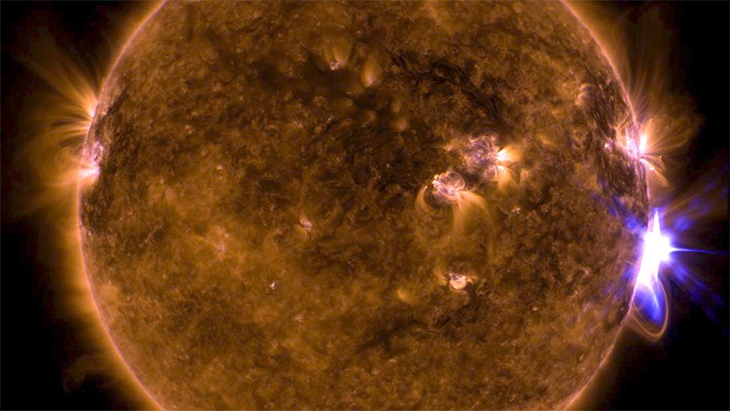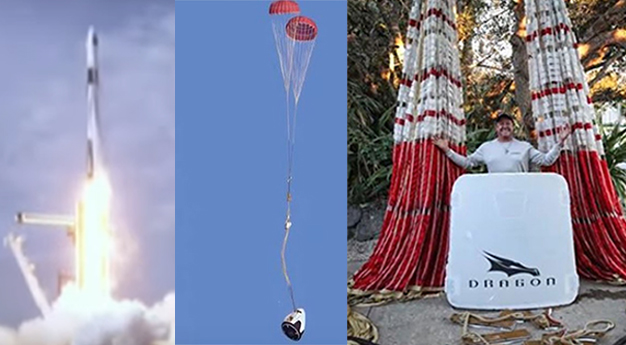By: Jonathan O’Callaghan/IFL Science Seven days. Seven flares. Is the end of times upon us?
A week ago, the Sun unleashed its biggest solar flare in more than a decade, a monster X9.3 storm that knocked out radio communications on Earth. This was the second of the week, but the Sun was just getting started.
Over the next few days, flare after flare erupted from the Sun, all from the same region – AR 2673. Yesterday’s 8.2 flare was the latest, causing the Space Weather Prediction Center (SWPC) to issue its latest in a string of warnings.
These flares were accompanied by coronal mass ejections (CMEs), huge eruptions of stellar material that can cause geomagnetic storms on Earth. These can hamper satellites in orbit and put astronauts in danger, along with creating powerful aurorae.
Oddly though, the Sun is heading towards the solar minimum – its period of least activity. So what’s going on, and why has it been so active?
“This is not uncommon,” Rodney Viereck from NOAA told IFLScience. “When an active region emerges it sometimes produces several flares over the course of hours to days.”
The declining phase of the 11-year solar cycle is actually statistically the most likely time to see the biggest solar events, like large solar flares. So this is really not that unusual.
“All of these solar flares and the associated solar energetic particles and geomagnetic storms at this phase of the solar cycle simply means that the Sun is behaving normally,” said Viereck.
Phew.
That being said, solar flares can pose a danger to us. They can create layers in the ionosphere that absorb radio waves, preventing things like airlines and emergency services communicating on a high-frequency radio.
They can also increase radiation levels for astronauts and even passengers on airlines. With this latest flare, the SWPC warned astronauts on the International Space Station (ISS) not to go outside on any spacewalks.
Region 2673 has now rotated out of view from Earth, so it won’t be sending any more CMEs our way. But these events highlight that, when it wants to, the Sun can put on a hell of a show. And we always need to be prepared for when it does.
“Geomagnetic storms can induce additional unwanted current on electric power lines and, in extreme cases, destroy large electric transformers and bring down portions of the electric power grid,” said Viereck.
“On the bright side, geomagnetic storms produce aurora, which is one of the only ways that the general public can experience space weather.”
For now, though, we can rest easy.




